2010 Georgetown University Press. All rights
reserved. No part of this book may be reproduced or
utilized in any form or by any means, electronic or
mechanical, including photocopying and recording,
or by any information storage and retrieval system,
without permission in writing from the publisher.
Library of Congress Cataloging-in-Publication Data
Ciorciari, John D. (John David)
The limits of alignment : Southeast Asia and the
great powers since 1975 / John D. Ciorciari.
p. cm.
Includes bibliographical references and indexes.
ISBN 978-1-58901-696-5 (pbk. : alk. paper)
1. Southeast AsiaForeign relations20th century.
2. Southeast AsiaForeign relations21st century.
3. Great powers. 4. World politics19451989.
5. World politics19896. AlliancesCase studies.
7. International relationsCase studies. 8. National
securitySoutheast AsiaCase studies. I. Title.
DS525.8.C56 2010
327.59dc22
2010001634

This book is printed on acid-free paper meeting the
requirements of the American National Standard for
Permanence in Paper for Printed Library Materials.
15 14 13 12 11 10 9 8 7 6 5 4 3 2
First printing
Printed in the United States of America
Acknowledgments
In writing this book I have benefited from the generous encouragement and guidance of many distinguished scholars. The book grew out of my doctoral thesis at the University of Oxford, where Yuen Foong Khong provided scholarly inspiration and wise counsel as my advisor. Between 2002 and 2004 I had the honor of being the Wai Seng Senior Research Scholar at the Asian Studies Centre at St. Antonys College, working closely with Rosemary Foot. Others who provided valued feedback and guidance on my thesis included James G. Sherr, Steve Tsang, Jonathan R. C. Wright, and Jrgen Haacke, who served as my external examiner. Generous grants from the Fulbright Commission, Clarendon Fund, American Friends of Christ Church, and Harvard Club of the United Kingdom also made my doctoral work possible.
I have enjoyed numerous opportunities to conduct field research and study Southeast Asian foreign policies. In 2003 and 2004 I was a Visiting Research Fellow at the Institute of Defence and Strategic Studies in Singapore, which has since become the S. Rajaratnam School of International Studies (RSIS) at Nanyang Technological University. I am grateful to Dean Barry Desker and many others at RSIS who helped me hone my research. I am also grateful to the Institute of Southeast Asian Studies in Singapore, which I visited on numerous occasions; to the University of Malaya in Kuala Lumpur, which welcomed me for a brief visit in early 2004; to the Institute of Strategic and International Studies at Chulalongkorn University in Bangkok, which I visited in October 2005; to the Institute for International Relations in Hanoi and Thai Ministry of Foreign Affairs, both of which I visited briefly in early 2008; and to the Documentation Center of Cambodia in Phnom Penh, where I have often conducted research over the past decade.
Between 2004 and 2007, as an official in the U.S. Treasury Department, I was able learn firsthand about the practice of international relations in Southeast Asia. Among many others, I am grateful to Tim Adams, Andy Baukol, Bob Dohner, Clay Lowery, Randy Quarles, and John Taylor for giving me opportunities to work on important issues in the Asia-Pacific and granting me occasional leave to further my academic research.
Many officials and scholars have helped me with this book project by discussing ideas or parts of earlier drafts in seminar settings or personal interviews. They includebut certainly are not limited toAmitav Acharya, Muthiah Alagappa, Mushahid Ali, Jennifer Amyx, Ang Chen Guan, Mely Caballero-Anthony, Dennis Arroyo, Maitrii Aung-Thwin, Bob Axelrod, K. S. Balakrishnan, Suchit Bunbongkarn, Sunait Chitintaranond, Youk Chhang, Chong Ja Ian, Derek Da Cunha, Ralf Emmers, Naranyan Ganesan, Evelyn Goh, Aruna Gopinath, Ruhanas Harun, Roger Haydon, Khairy Jamaluddin, Roslina Johari, Suzaina Kadir, Hiro Katsumata, Bilahari Kausikan, David Koh, Kwa Chong Guan, Kyaw Yin Hlaing, Lee Lai-to, Mel Levitsky, Vincent Lim, Joseph Chinyong Liow, Vorasakdi Mahatdhanobol, Mak Joon Nam, John Mearsheimer, K. S. Nathan, Carmelito Pangatungan, Bob Pape, Gene Park, Pham Cao Phong, Kumar Ramakrishna, Leonard Sebastian, Mala Selvaraju, Kusuma Snitwongse, Tan See Seng, Jatswan Sidhu, Dajlit Singh, Ranjit Singh, Ian Storey, Martin Stuart-Fox, Tin Maung Maung Than, Pranee Thiparat, Phillips Vermonte, Christian Von Luebke, Stephen Walt, Panitan Wattanayagorn, Bridget Welsh, Danny Wong, and Maung Zarni.
I owe further debts of gratitude to the people and institutions that helped me expand, reorganize, and refine my dissertation and turn it into a book. From 2007 to 2009 I was a postdoctoral fellow at Stanford University, first at the Walter H. Shorenstein Asia-Pacific Research Center and later as a National Fellow at the Hoover Institution. Don Emmerson served as an informal mentor at the Southeast Asian Forum and taught me a great deal about the region and about analyzing complex political problems. I am appreciative to Ambassador Michael Armacost, Bob Carroll, Gi-Wook Shin, and Dan Sneider, for offering comments on my arguments or parts of the manuscript and providing me with opportunities to share my work. Last but not least, I thank my colleagues at the University of Michigans Gerald R. Ford School of Public Policy and Center for Southeast Asian Studies for giving me the support to bring the book to fruition.


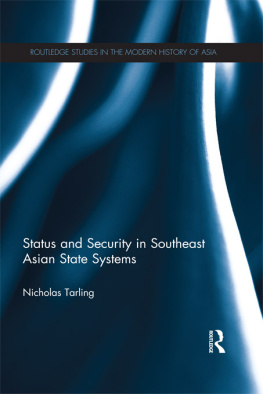

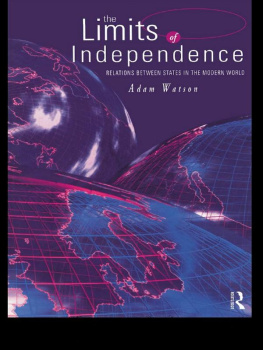

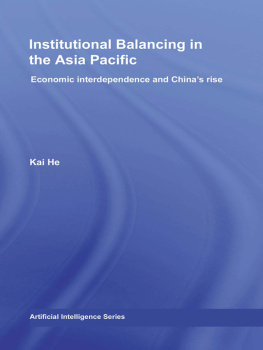
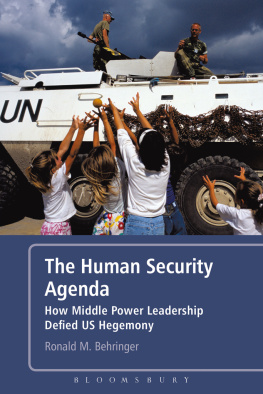
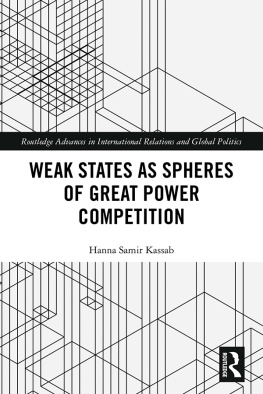
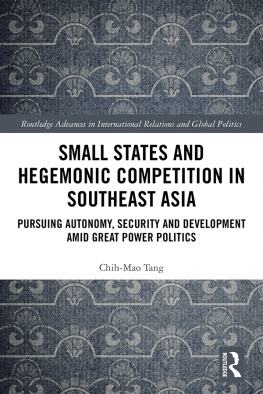
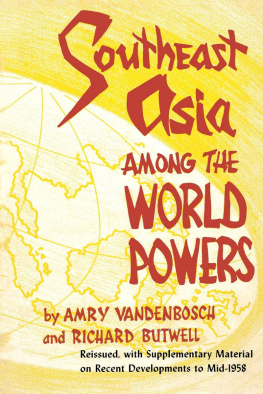
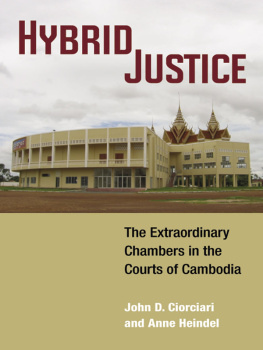
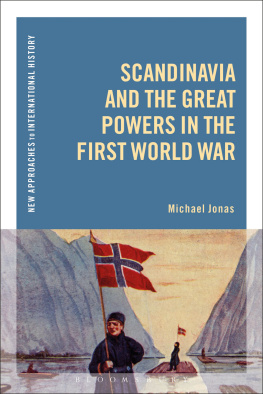


 This book is printed on acid-free paper meeting the
This book is printed on acid-free paper meeting the